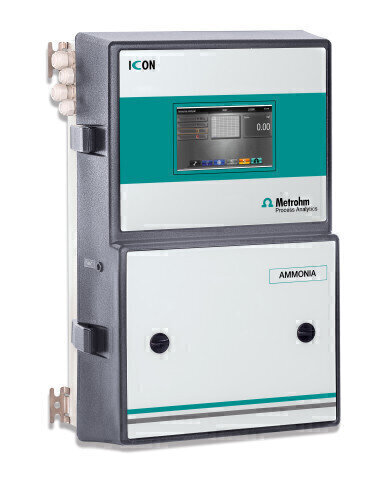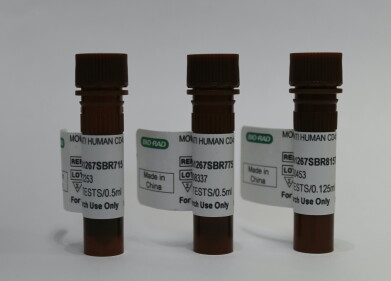Laboratory Products
Dedicated solution for online monitoring of chlorine (free or total) in wastewater streams
Jun 21 2017
Dedicated solution for online monitoring of chlorine (free or total) in wastewater streams
Metrohm Process Analytics is pleased to present a dedicated solution for the online monitoring of free chlorine or total chlorine in wastewater streams. This turn-key solution uses photometric determination and is performed on the ICON Analyzer, a dedicated online photometer for water and wastewater analysis.
Chlorine is one of the most commonly produced chemical substances globally. It can be used to disinfect, as well as to destroy or deactivate a variety of unwanted chemical compounds in water and wastewater. However excessive amounts of chlorine (free or combined) can adversely affect downstream usage of the water.
Free chlorine encompasses hypochlorous acid (HOCl) and its conjugate base the hypochlorite ion (OCl-), while combined chlorine (chloramines) includes the compounds formed when ammonia or organic nitrogen is present. Total chlorine is the sum of both free and combined chlorine compounds.
Monitoring water streams containing chlorine is important for reporting to regulatory bodies as well as determining suitability for use in other sectors. Total chlorine content of treated wastewater is analyzed to ensure minimal levels are present before discharge into the environment, otherwise marine life may be harmed. Additionally, the amount of free chlorine is important to measure in drinking water facilities to safeguard against contaminants as well as to take care that the central dosing system is working correctly.
In the method concerned, the sample is mixed with reagents in a fully automated procedure, resulting in a soluble product which can be measured photometrically at a wavelength of 505 nm. In the case of total chlorine, an additional iodide reagent is added, which is oxidized to iodine in the presence of chloramines. The iodine and free chlorine react with DPD (N,N-diethyl-p-phenylenediamine).
Digital Edition
Lab Asia 31.2 April 2024
April 2024
In This Edition Chromatography Articles - Approaches to troubleshooting an SPE method for the analysis of oligonucleotides (pt i) - High-precision liquid flow processes demand full fluidic c...
View all digital editions
Events
May 05 2024 Seville, Spain
InformEx Zone at CPhl North America
May 07 2024 Pennsylvania, PA, USA
May 14 2024 Oklahoma City, OK, USA
May 15 2024 Birmingham, UK
May 21 2024 Lagos, Nigeria












.jpg)





